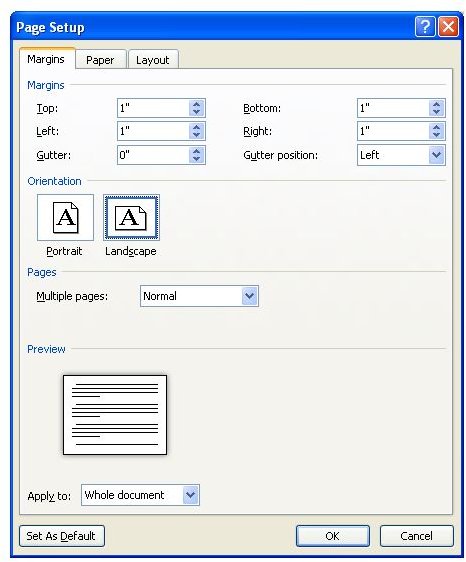

From the menu that appears, choose Record Macro. At the end of this ribbon there is also a Macros menu.Ĭlick the little triangle beneath the Macros label. If you are a programmer, you will know very well what you have to do here.įor everyone else, here’s what we do: close the visual basic interface and come back to the text document.Ĭlick View. Step 5: While being powerful, the interface can be disorienting for a non-programmer. Word will ask you for a new name to be assigned to your macro. Click Insert.Īs you can see, on the right side of your Ribbon there is a new option, called Macros. Add them to your Macros Group by clicking the Add button in the middle. Scroll in the list on the left until you find the Macros command. From „Customize the Ribbon” section, at the main tab, click Insert, and then New Group to add your macro group. This is done by customizing Word’s toolbar, which it’s called Ribbon: In order to use the macro features, we need first to get access to them. The power of Word macros comes from the fact that they are in fact full Visual Basic scripts, not just a sequence of recorder commands. Macro is one of the more powerful features of Microsoft Word so powerful, that in fact at some point it asked itself to be disabled because people were writing various forms of code and distributing it in document disguise. In this tutorial you will learn how to create an use macro in Microsoft Word


 0 kommentar(er)
0 kommentar(er)
